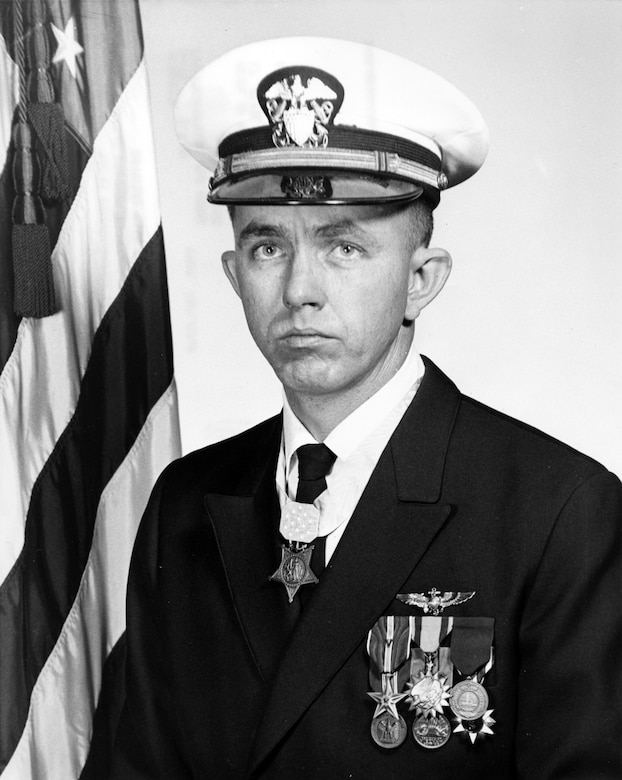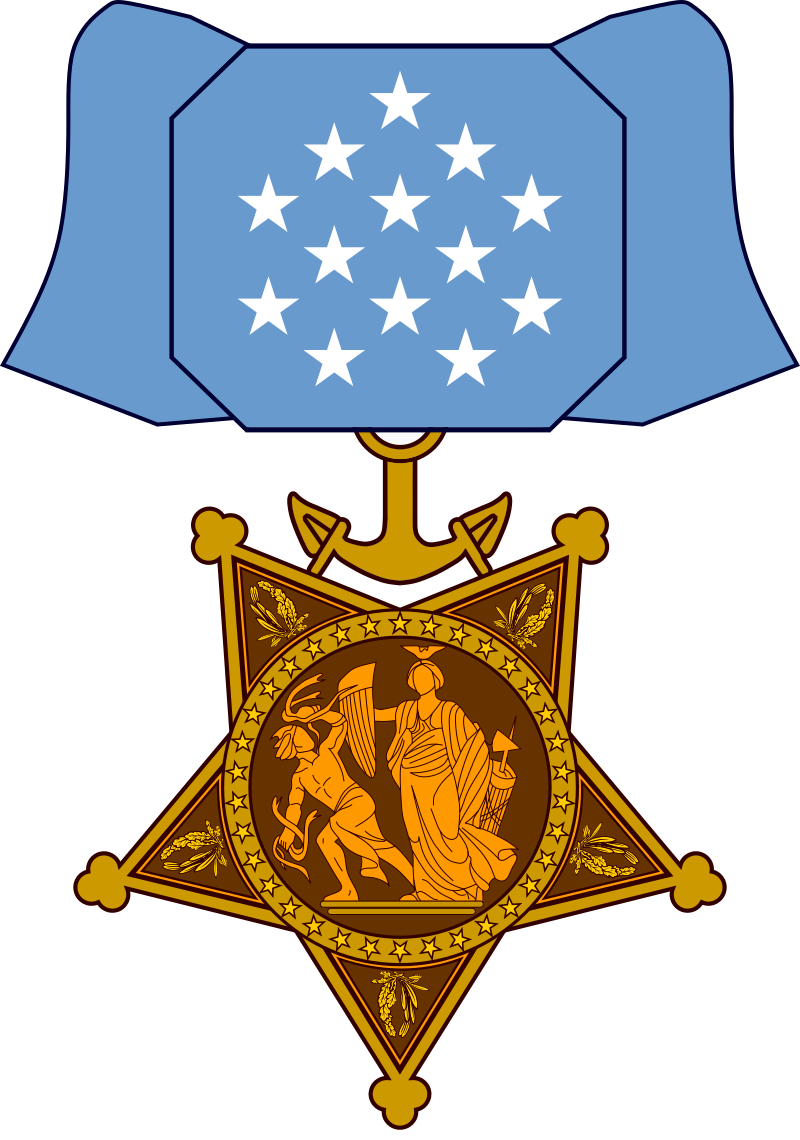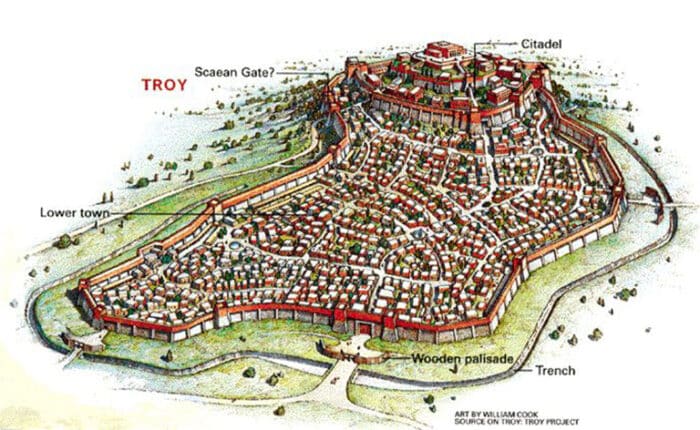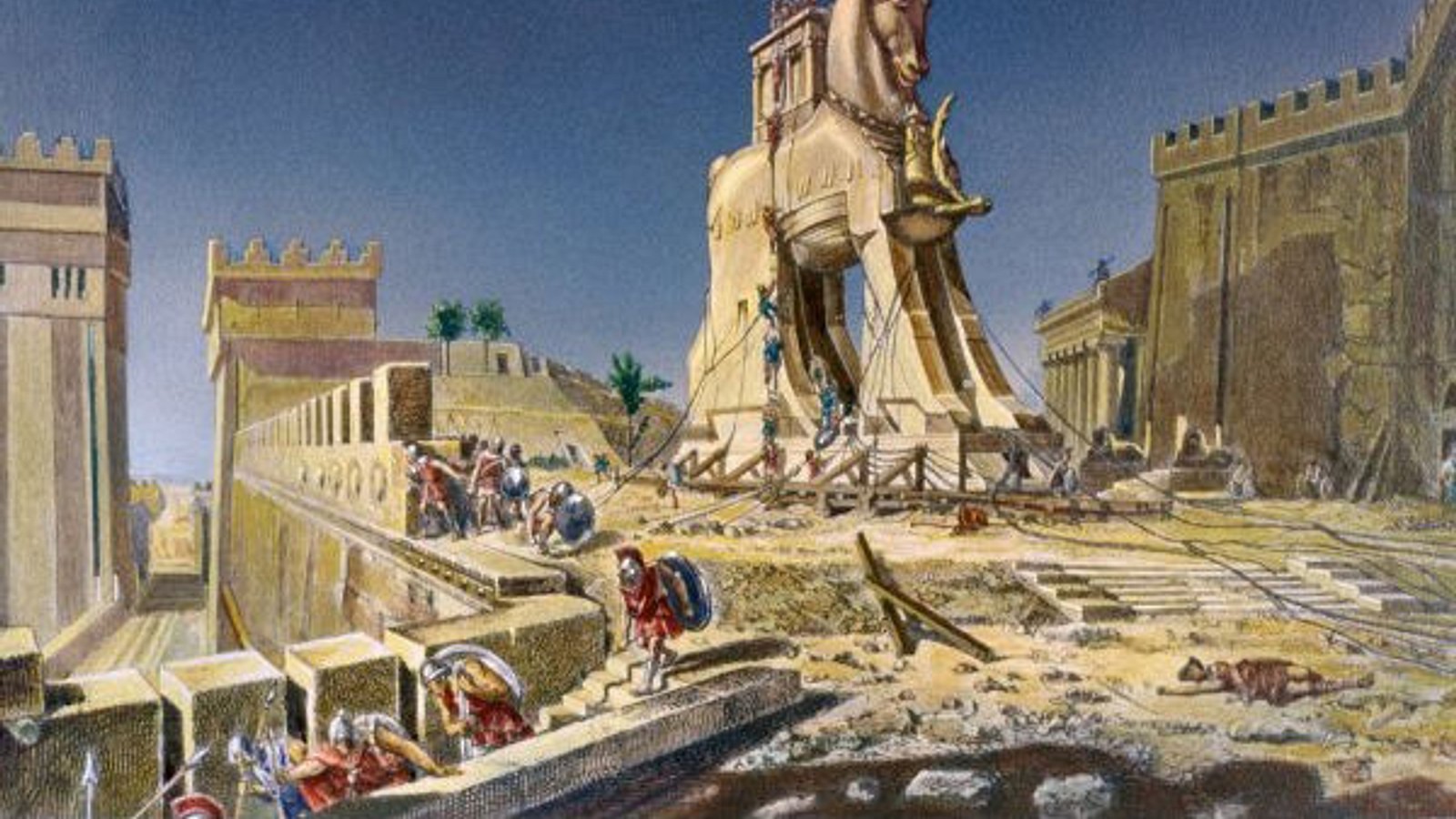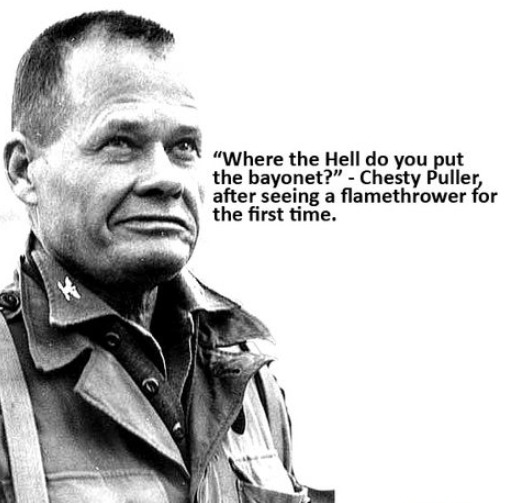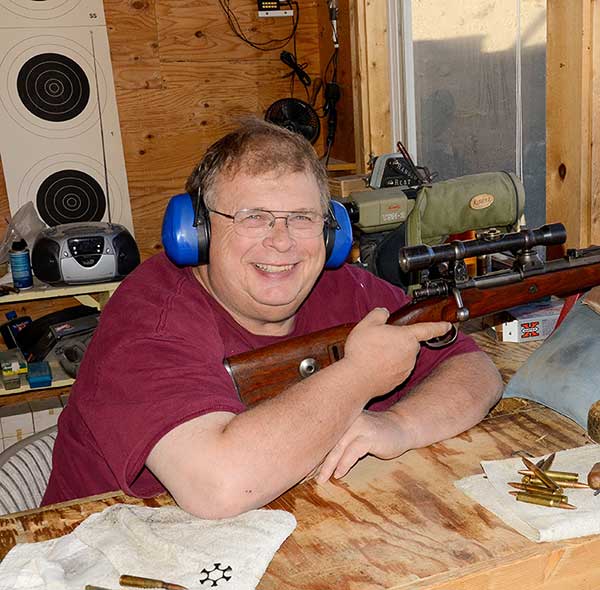
This image of a smiling Mike Venturino has gotten lots of
attention in the wake of his passing. It’s how I hope we
all remember him.
The passing of American Handgunner and GUNS Magazine’s Mike “Duke” Venturino hit us, his colleagues and admirers, hard.
I cannot claim to have known him as well as I would have liked, but I knew him well enough to recognize a genuinely nice guy. We first met face-to-face on an airplane heading to a SHOT Show many years ago.
My flight stopped somewhere, and he came aboard, taking the seat next to me. There were the usual introductions, and for the next couple of hours, we talked about guns, gear and some of the folks we mutually knew.
There were plenty of chuckles a few shakes of heads, and maybe even an eye roll. It is surprising how fast about three hours can pass when the conversation is fun, and you’re talking to a new friend.
Duke was a writer’s writer; a fellow dedicated to detail and entertaining his readers as well as educating them. He attended Marshall University, where he studied journalism, which one could tell in an instant by the way he wrote, especially if you also studied journalism (University of Washington) some decades back in the 20th Century.
I learned of his passing at about 3 a.m. on a Monday morning and spent the next several hours finding out all I could before writing about it at TheGunMag.com, where being editor-in-chief sometimes includes the unpleasant job of writing about someone who has, as they say, “left the range.”
In all the years I’ve been writing about firearms and reading what others wrote — and the reactions from readers — I cannot recall a single person ever disparaging Mike Venturino.
More than 35 years ago, one of my long-gone shooting/hunting buddies remarked about having read something he wrote with a connection to the gun-related thing we were discussing. “Well, Venturino said …” This seems to have been stated over the years by more people than I can count. Translation: Mike’s observations were the gold standard.
Safe in Seattle?
Back in 2020, I was working on a column about the events of the Old West in 1876, which included a mention of the Custer debacle at Little Bighorn. I was interested in the ammunition 7th Cavalry troopers used in their Colt SAA revolvers, so I reached out to Venturino, who was the only guy on the planet I figured would have the information. We were Facebook “friends” by then, so I fired off a message.
Two hours later, I got a reply. Duke was matter-of-fact, explaining they used “standard .45 Colt rounds. They were loaded with 30 grains (of) black powder and 250-grain bullets,” to which he added, “I have a photo of an original box that belongs to a friend. It is dated January 1874 and has those specs on the label.” Why didn’t that surprise me? He was a living encyclopedia of gun stuff.
And then he added a comment, mindful of the insanity of the protests going on at the time in Seattle where what the ex-mayor flippantly — and ignorantly — described as the “summer of love” was unfolding in broken glass, vandalized police vehicles, some looting, property damage and a couple of murders following the death of George Floyd at the hands of Minneapolis police.
“I hope you are surviving all the crap over your way,” he wrote, and I knew he meant it. I still consider it a very thoughtful thing to say.
A couple of years later, I was researching another piece, doing some background, when something triggered my recollection of a teacher in junior high school telling me about how he and some buddies had allegedly once drilled out a .44-caliber bullet and inserted an inverted .22 Short case, presumably with the powder intact, to make an “exploding” projectile. I have no idea whether he was telling a tale, but I remembered it more than 50 years later. It was and remains one of the all-time stupidest things I’ve ever heard of. Ultimately, this moronic stunt had nothing to do with the story I was working on, but I sent Duke a note anyway, asking if he’d ever heard of such a harebrained stunt.
Kids … and adults … do NOT try this at home or anywhere else. Run, don’t walk, away from anybody who suggests giving this a try.
“I have heard of that,” Mike replied about four hours later, “but I’m like you. It’s harebrained!”
About 18 months ago, I inquired about what kind of computer he used, as I was prepping to replace my aging desktop. I still get a chuckle from his reply: “I have no idea what it actually is except it uses Apple stuff. I just told a local guy that I needed a new computer, and he came and set it up.”
Mike and I obviously had more in common than just guns!
Still, our exchanges stuck mainly to guns. Last July, I sent a message to tell him how much I enjoyed a story he did on snake loads. At the time, I had a 25-pound bag of tiny lead shot I planned to bring over last summer if I had a chance to get to Montana. I never got to make that trip, and now it is too late. The moral: If you want to do something for a pal, do it. Next year may be too late.
‘They Don’t Make ‘Em…’
People like Mike Venturino happen once in a great while, possibly once in anyone’s lifetime — if even that frequently. Guys like him are very rare indeed and the best thing one journalist can say about another is this: “I shall miss his byline.”
He authored books and a few thousand stories during his career of about 50 years. That was one heck of a lifetime. I will think good thoughts about Duke at the campfire.
